Search results for 'medium W'
-
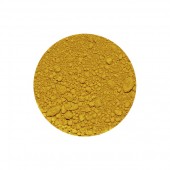
Mars Yellow Pigment
Starting at: £4.50
-
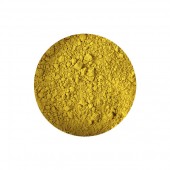
Yellow Ochre Pigment
Starting at: £4.00
-
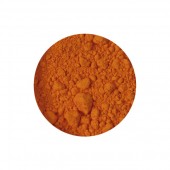
Cadmium Yellow Orange Pigment
Starting at: £4.50
-
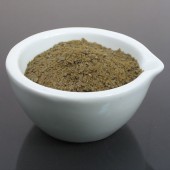
Carnauba Wax Grey
Starting at: £8.40
-
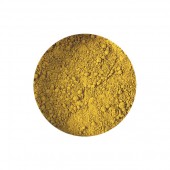
Raw Sienna Pigment
Starting at: £4.00
-
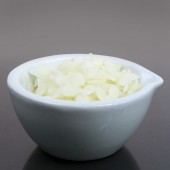
Bleached Beeswax
Starting at: £12.30
-
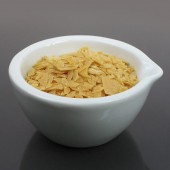
Carnauba Wax Yellow
Starting at: £6.50
-
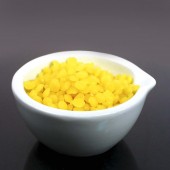
Natural Beeswax
Starting at: £11.20
-
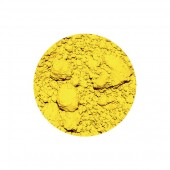
Cobalt Yellow Pigment
Starting at: £8.80
-
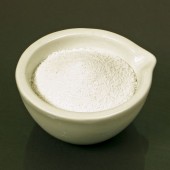
Marble Dust
Starting at: £4.70
-
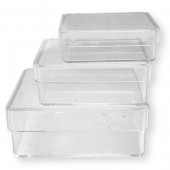
Transparent Containers
Starting at: £1.20
-
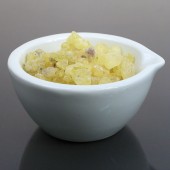
Gum Mastic
Starting at: £20.30
Call to Order
-
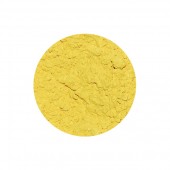
Litharge Pigment
Starting at: £8.00
Call to Order
-
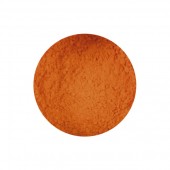
Lead Red Pigment (Minium)
Starting at: £7.30
Call to Order
-
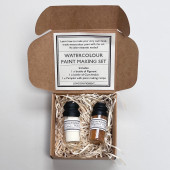
London Pigment, Watercolour Paint Making Set
£35.00Call to Order
-
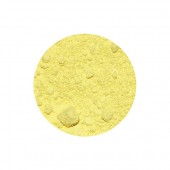
Lemon Yellow Pigment
Starting at: £7.00
Call to Order
-
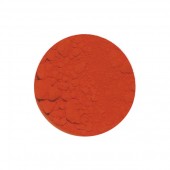
Chrome Yellow Orange Pigment
Starting at: £14.00
Call to Order
-
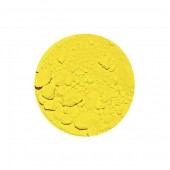
Chrome Yellow Light Pigment
Starting at: £10.00
Call to Order
-
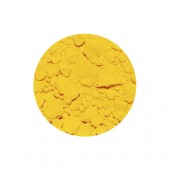
Chrome Yellow Middle Pigment
Starting at: £10.00
Call to Order




